Crop Culture Report: Diascia Diamonte Series
Diascia has gained in consumer popularity over the past few years as new varieties have been introduced. Now, the next generation of diascia has arrived with the introduction of a seed-grown series. Each variety in the Diamonte series branches well and can form a dense, mounded habit without pinching. This cool-season crop is best suited to early spring premium packs and autumn bedding and mixed containers.
Diamonte works well with pansies and has similar production requirements. Versatile for the home gardener, it can be used in pots, mixed containers and garden beds. Delicate flowers blanket the plants in spring and autumn. Winter flowering may occur in mild climates like Florida, coastal California and Mediterranean-type areas. Diamonte varieties will bloom lightly in warmer temperatures in partial shade locations. Diamonte is available in three colors: Apricot, Lavender Pink and Coral Rose, an All-America Selections-winner.
Plug Production
Use a well-drained, disease-free, soilless media with a pH of 5.5-6.1 and a medium initial nutrient charge (EC of 0.75 mmhos/cm or less using the 1:2 extraction method). Diamonte is available in multiseeded pellet form; each pellet generally will yield 3-4 plants. Plug tray sizes from 406 to 288 cells are recommended. Cover the seed lightly with coarse vermiculite at sowing. Germination takes 4-6 days.
Temperature recommendations for Diamonte plug production are: germination (stage 1), 65-70° F; cotyledon stage (stage 2), 65-72° F; true leaves (stage 3), 65-70° F; and hold plugs (stage 4), 62-65° F.
Light is not required for germination. After germination in stages 2-3, maintain light levels of 1,000-2,500 foot-candles. Maintain 95 percent relative humidity through cotyledon emergence. Keep soil moisture high until radicle emergence and then reduce moisture levels after the radicle penetrates the medium. Do not allow seedlings to wilt.
Do not apply plant growth regulators (PGR) before or right after sowing (before seed imbibe), as it may reduce the germination rate. PGRs applied at the radicle emergence stage or right after the plug tray is moved out of the germination chamber will not affect germination but will control hypocotyl length. If desired, PGRs may be used at the radicle emergence stage for early plug height control. At radicle emergence, apply 50-75 ppm nitrogen from 14-0-14 or 13-2-13, alternating with 20-10-20-type fertilizer. As cotyledons expand, increase to 100- to 150-ppm nitrogen. B-Nine (Chemtura Corp.) at 2,500 ppm can be applied in stage 3, if necessary.
Growing On
Use a well-drained, soilless medium with a pH of 5.5-6.2 and a medium initial nutrient charge. Maintain temperatures of 50-60° F nights and 60-66° F days. Keep light levels as high as possible while maintaining moderate temperatures.
Apply fertilizer at 200-ppm nitrogen once a week, alternating between 15-5-15 and 20-10-20- formulations. Supplement with iron if needed. Do not withhold nitrogen as the crop comes into flower because the plants quickly become pale at a low EC. Maintain the media ECat1.5-2.0 mmhos/cm and pHat5.8-6.2.
Under cooler conditions, multiple applications of a B-Nine spray at 3,000-5,000 ppm started 1-2 weeks after transplant can be used. Under warm conditions, one spray application of Bonzi (Syngenta Professional Products) at 10-20 ppm or Sumagic (Valent USA Corp.) at 5-10 ppm can be used to hold plants. Use caution with Bonzi or Sumagic, as Diamonte is very responsive to these growth regulators. A-Rest (SePRO) at 20 ppm also works well in cool and warm conditions and does not stunt growth. Diamonte should not require pinching.
Scheduling And Finishing
Diascia Diamonte plugs will finish four weeks from sowing in 400- to 288-cell trays. A saleable 306 pack will finish about 6-8 weeks from transplant for a total crop time of 10-12 weeks. Plants in 4- to 41_2-inch containers with one plant per pot, 6- to 61_2-inch containers with three plants per pot or 1-gal. containers with three plants per pot will finish 7-8 weeks from transplant, for 11-13 weeks total crop time.

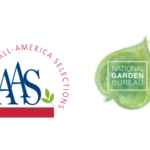


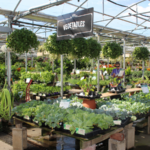

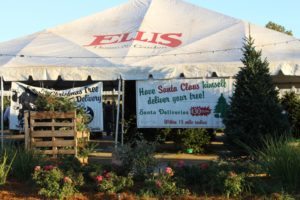








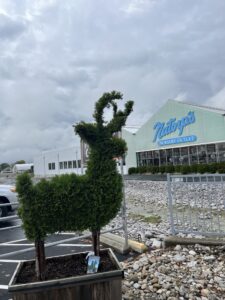
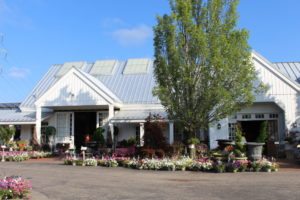

 Videos
Videos





